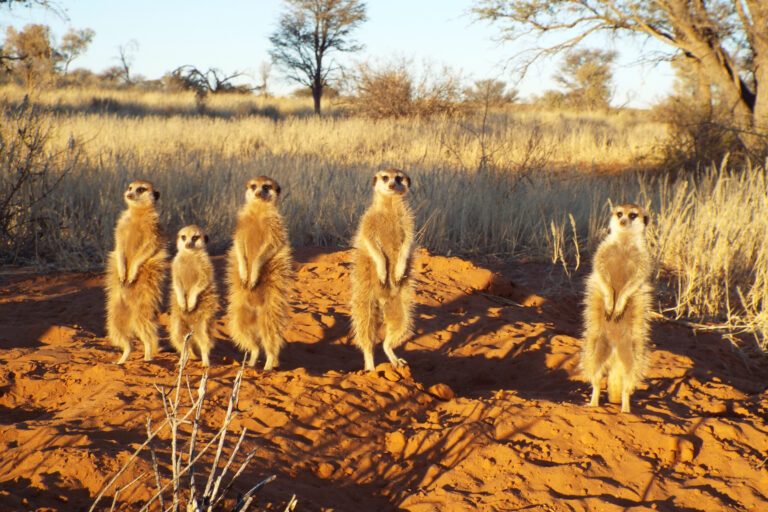
Media Tip Sheet: Urban ecology at #ESA2025
At the ESA Annual Meeting in Baltimore, Md., urban ecology will be front and center — fitting for a city that has long been a hub for research on nature in urban environments.

At the ESA Annual Meeting in Baltimore, Md., urban ecology will be front and center — fitting for a city that has long been a hub for research on nature in urban environments.

Water resource managers are increasingly investigating removing dams to restore connectivity and improve aquatic habitats, water quality and fish passage.

Whales are swimming further than previously estimated – up to 20% more – according to a new study.

With this year’s Annual Meeting taking place in Baltimore, Maryland, research on the Chesapeake Bay and its watershed takes on special relevance.

Global biodiversity research is skewed towards wealthier nations. A new study exposes inequities in science, and calls for more inclusive collaboration.

The study identifies ecological thresholds to promote biodiversity without sacrificing the profitability of olive crops.

ESA’s upcoming Annual Meeting in Baltimore, Md., Aug. 10–15, features a diverse array of talks and posters showcasing the latest applications of AI in ecology.

A new study finds evidence that stands of aspen trees could resist wildfires by slowing a fire’s advance or changing its course.

New ‘facilitated migration’ framework gives water managers a playbook for getting more juvenile Chinook salmon from the Central Valley to the sea

Richard “Dick” Tracy, an emeritus professor in the University of Nevada, Reno Department of Biology, was recently named a 2025 Fellow of the Ecological Society of America.

Ripon College graduate Sarah Anderson was selected as one of the Ecological Society of America’s 2025 Early Career Fellows for her landscape ecology work.

Symposia will be a focal point of ESA’s upcoming Annual Meeting in Baltimore, Maryland, Aug. 10-15, addressing the frontiers of ecological research, wetland restoration in the Chesapeake Bay Watershed, deep soil carbon storage and much more.

Groundwater input to coral reefs directly affects water chemistry and triggers a cascade of changes in the coastal ecosystem, according to a new study.

New research shows that the availability of nutrients like sodium, potassium, magnesium and calcium is a determining factor in the structure of soil insect communities in tropical forests.

Solitary animals roaming the nocturnal jungle together – what sounds like a scene from a fairytale has now been scientifically documented.

How meerkats cope with heat and drought, the process turning dryland ecosystems from methane sinks into methane sources and more from ESA’s journals.

A new study shows how the reproductive methods of individual coral species play a crucial role in their ability to survive, and even thrive, amid a rapidly changing environment.

New research reveals that insectivorous birds that breed on intensive agricultural plots are forced to seek food in far-flung areas.

New research solves the longstanding mystery of how lethal flowers continue to attract pollinators despite killing them.

A new study examines the mechanisms behind these ecological transformations—known as threshold responses—and offers a roadmap for predicting where and when they might occur.